Amplifiers
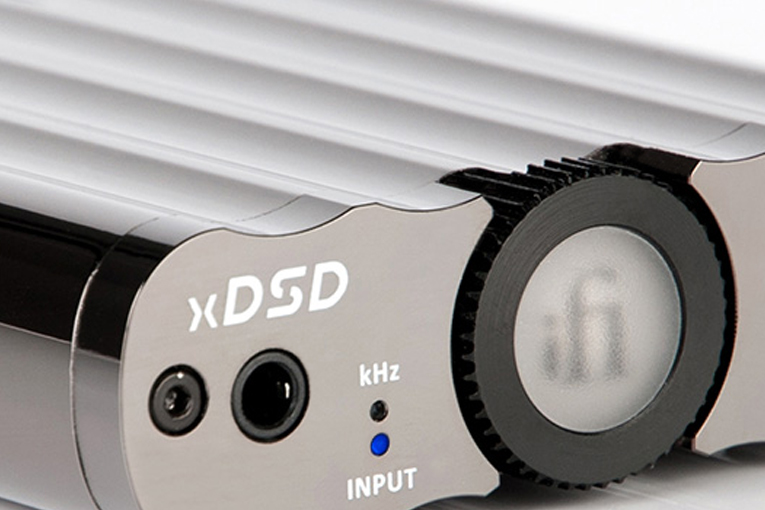
- Details
- Written by: Brent Butterworth
Sound: 









Value: 









Measurements can be found by clicking this link.
 With so many audio formats out there, audiophiles may be reluctant to invest in a new DAC-headphone amplifier. What if some download service starts releasing 16x DSD files or 64-bit PCM files? What if a company conjures up a new technology that promises to . . . I dunno, automatically search the Internet to find out who the mastering engineer was on a recording, then tune the sound to compensate for the phase shift of his mastering compressor? If we buy a new DAC-headphone amp today, and someone comes out with some “must have” technology tomorrow, we face the shame of having a hopelessly out-of-fashion component in the gear list in our online audio forum profiles. The iFi Audio xDSD ($399 USD) seems built specifically to qualm such fears.
With so many audio formats out there, audiophiles may be reluctant to invest in a new DAC-headphone amplifier. What if some download service starts releasing 16x DSD files or 64-bit PCM files? What if a company conjures up a new technology that promises to . . . I dunno, automatically search the Internet to find out who the mastering engineer was on a recording, then tune the sound to compensate for the phase shift of his mastering compressor? If we buy a new DAC-headphone amp today, and someone comes out with some “must have” technology tomorrow, we face the shame of having a hopelessly out-of-fashion component in the gear list in our online audio forum profiles. The iFi Audio xDSD ($399 USD) seems built specifically to qualm such fears.
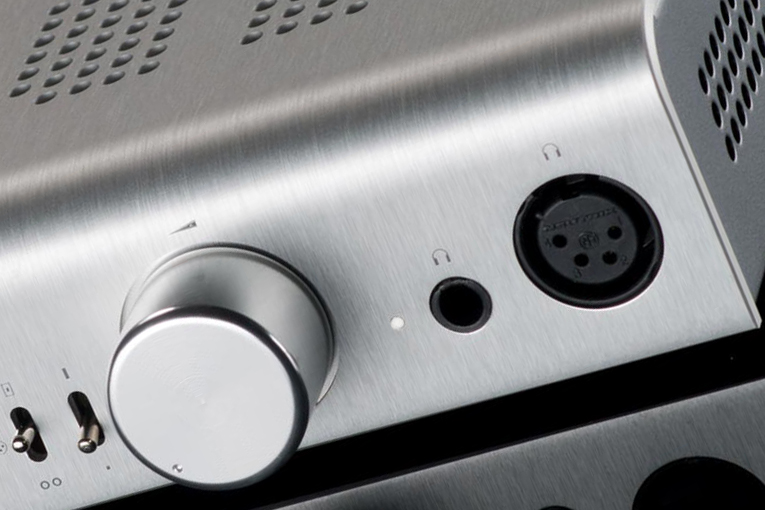
- Details
- Written by: Hans Wetzel
Originally published on SoundStage! Xperience
“Schiit happens.” It’s not the sort of language usually found in an owner’s manual for a headphone amplifier like Schiit Audio’s Jotunheim ($399 USD). No, an owner’s manual is usually full of bland marketing copy, loosened rules of grammar, regulatory warnings, and stultifying technical detail. I almost never use them, and unless you’re a novice audiophile, neither should you. The folks at Schiit seem to agree. In the preface to their safety instructions, they state: “The following is required by the roughly 9,542 government agencies and regulations we have to comply with. If you have some common sense, they should seem pretty straightforward.” Who are these guys? I did some digging.

- Details
- Written by: Al Griffin
Originally published on SoundStage! Xperience
Compact, portable DACs that plug into a laptop’s USB port, extract up to 24-bit/96kHz digital audio using the jitter-eliminating asynchronous protocol, and provide amplified output for headphones and line-level output for preamps, are common enough these days. But in 2012, when AudioQuest introduced its first DragonFly DAC, the concept turned heads. The most attention-grabbing element was no doubt that the DragonFly was the size and shape of a USB memory stick. That such tiny hardware could make possible the playback of high-resolution audio through headphones -- not to mention a high-end audio system -- seemed nothing short of amazing.
Read more: AudioQuest DragonFly Red and Black USB DAC-Headphone Amplifiers
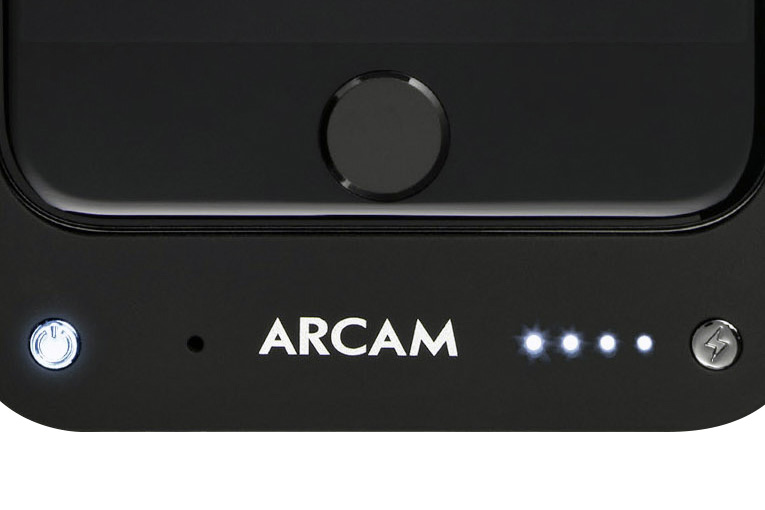
- Details
- Written by: Al Griffin
Originally published on SoundStage! Xperience
As anyone who has recently visited an Apple Store can tell you, iPhone protection is big business -- a high-quality phone case can easily cost $50 to $70. Another big iPhone-related business is headphones -- something that an iPhone owner checking out the Bose, Beats, or B&W options at that same Apple store can readily confirm. The argument in favor of a good case is easy to make -- fixing a broken iPhone can be startlingly expensive (yet another iPhone-related business). But what good, ultimately, are pricey headphones if the sound delivered by your iPhone’s headphone output is, at best, mediocre?
Read more: Arcam MusicBoost DAC-Headphone Amp and Case for Apple iPhone 6/6s
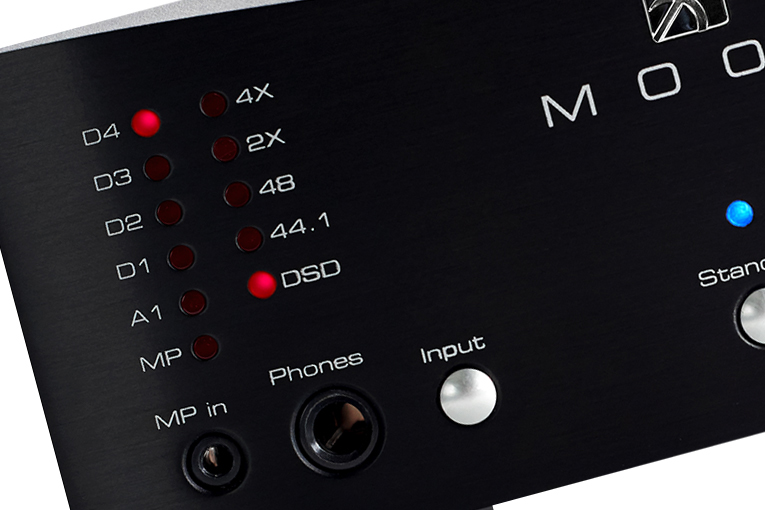
- Details
- Written by: S. Andrea Sundaram
Originally published on SoundStage! Xperience
Quebec’s Simaudio has been designing and manufacturing audio electronics for the past 35 years. The company began with preamplifiers and power amplifiers, and later, following the demands of the market, added CD players and standalone digital-to-analog converters (DACs). More recently, Simaudio has launched a series of components incorporating their Moon intelligent Network Device (MiND) platform, which enables streaming audio from your computer, network-attached storage (NAS) device, or the Internet. It should come as no surprise, then, that Simaudio has brought their electronics-design experience to the thriving market of headphone audio -- with first their flagship 430HA fully balanced headphone amplifier ($3500 USD; add $800 for DAC option), and now the subject of this review, the more modestly priced Moon Neo 230HAD ($1500 including DAC).
Read more: Moon by Simaudio Neo 230HAD DAC-Headphone Amplifier
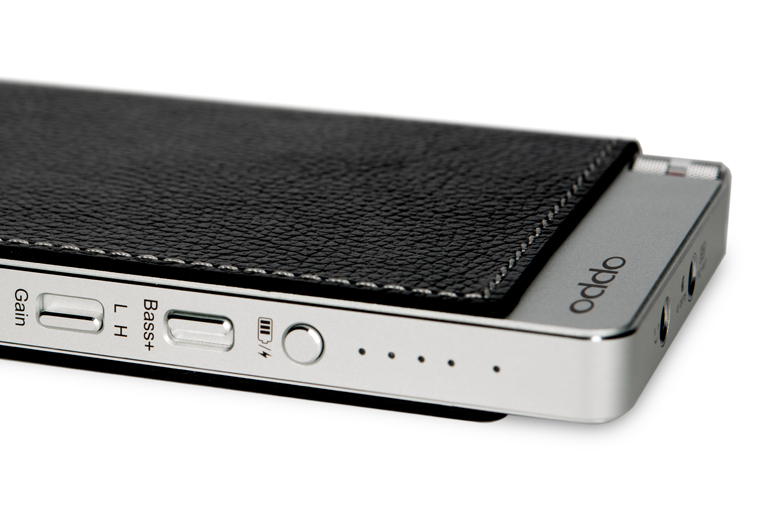
- Details
- Written by: Hans Wetzel
Originally published on SoundStage! Xperience
 I think I like reviewing headphones and mobile audio gear more than I do full-size hi-fi components. The thrill of unboxing a new set of speakers retreats pretty quickly once the outriggers are hooked up, minute adjustments are made to toe-in angles, and the speaker cables are attached. But you live with a pair of headphones. You touch them, grab them, adjust them, and, most important, wear them -- they’re almost as much a fashion accessory as a watch or a pair of eyeglasses. Top-quality appearance and sound are necessary but not sufficient. The quality, durability, and comfort of the materials, the feel of the controls, become much more meaningful when they’re part of a device you physically interact with multiple times a day. A loudspeaker merely shouts at you from a distance.
I think I like reviewing headphones and mobile audio gear more than I do full-size hi-fi components. The thrill of unboxing a new set of speakers retreats pretty quickly once the outriggers are hooked up, minute adjustments are made to toe-in angles, and the speaker cables are attached. But you live with a pair of headphones. You touch them, grab them, adjust them, and, most important, wear them -- they’re almost as much a fashion accessory as a watch or a pair of eyeglasses. Top-quality appearance and sound are necessary but not sufficient. The quality, durability, and comfort of the materials, the feel of the controls, become much more meaningful when they’re part of a device you physically interact with multiple times a day. A loudspeaker merely shouts at you from a distance.
SoundStage! Solo is part of
All contents available on this website are copyrighted by SoundStage!® and Schneider Publishing Inc., unless otherwise noted. All rights reserved.
This site was designed by Karen Fanas and the SoundStage! team.
To contact us, please e-mail info@soundstagenetwork.com
Having an account with us and logging in allows you to participate in our comments sections at the bottom of each article and review. It costs you nothing. The reason we want you to have this account is simply because we don't want some anonymous yahoos posting nonsense and messing meaningful conversations up. Having an identity usually brings rationality and civility. Thank you!







